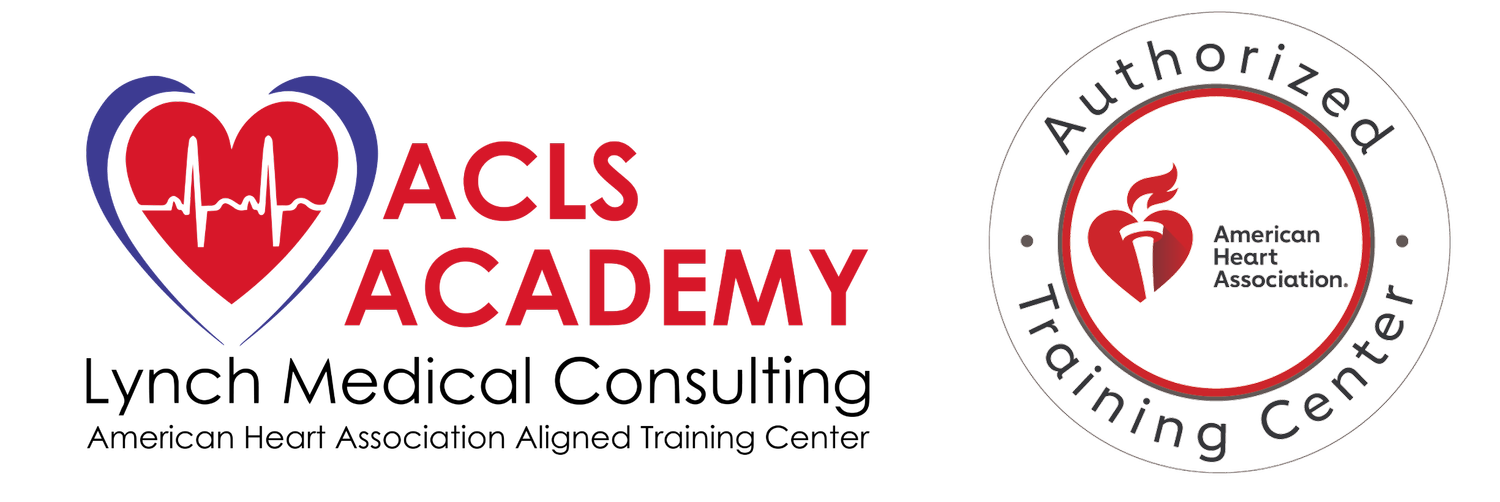As a fitness instructor or personal trainer, your client’s health and well-being are one of your top priorities, or you wouldn’t have invested your time, money, and sweat equity in helping your clients get healthier and more robust. The physical training of your clients is not the only hat you wear. You are their therapist, cheerleader, nutritionist, teacher, and coach on their journey to a healthier version of themselves.
No matter what type of fitness instructor or personal trainer you are: spin, strength and condition coach, yoga, or Pilates, we know your job as a fitness professional is to get your client's heart rates up, but do you know what to do when your client experiences a medical emergency?
It is crucial to have knowledge of CPR and how to operate an AED, as cardiac distress can happen unexpectedly to anyone. According to the American Heart Association, more than 350,000 people suffer out-of-hospital cardiac arrests each year throughout the United States.
According to the American Heart Association, CPR or Cardiopulmonary Resuscitation – is an emergency lifesaving procedure performed when the heart stops beating. Immediate CPR can double or triple the chances of survival after cardiac arrest. In conjunction with CPR, an AED, or automated external defibrillator, is an essential piece of equipment that should be present in all gyms and fitness centers. AEDs deliver an electric shock to the heart in case of a sudden cardiac arrest, potentially saving your client’s life. In addition to having an AED readily available, gym and fitness centers need to check that the AED is functioning correctly. Having an AED and knowing how to use it can provide a safe and prepared environment for your clients, potentially saving a life in a cardiac emergency.
Signs of cardiac emergency are chest discomfort, shortness of breath, lightheadedness or dizziness, and palpitations or irregular heartbeat are all warning signs that should not be ignored. If a client experiences these symptoms, stopping the activity and seeking medical attention immediately is essential. If a client collapses, do you know what to do?
If your client is experiencing cardiac distress:
Position your client on their back on a firm surface
Check for breathing or a pulse
Gently shake your client
If your client does not wake up, assign someone to call 911
Begin CPR. CPR is rapid chest compression that mimics the heart beating to encourage blood flow.
An AED, or automated external defibrillator, is used to help those experiencing cardiac arrest. It's a medical device that can analyze the heart's rhythm and, if necessary, deliver an electrical shock, or defibrillation, to help the heart re-establish an effective rhythm. Pick someone to find the closest automated external defibrillator (AED) and bring it to you quickly.
Ask someone to meet medical personnel at the front door and bring them to your location. As you know, fitness centers can be large with different fitness studios, and if your client is having cardiac distress, time is of the essence.
Did you know these steps? Learn from our experts at ACLS Academy.
ACLS Academy is an authorized American Heart Associate (AHA) Aligned Training Center. We have three convenient locations in Massachusetts – Quincy, Bridgewater, and Newton Center - and offer Heartsaver CPR/ AED/ First Aid and Heartsaver CPR/ AED training. In addition to CPR and AED use, the Heartsaver course offers an additional, supplemental First Aid training component which can be done as a stand-alone course or as an add-on to the CPR and AED training.
Our Heartsaver course covers the following:
Responding to and managing illnesses and injuries in adults, children, and infants.
First aid basics for common first aid emergencies.
How to perform lifesaving skills.
How to recognize cardiac arrest and what to do until EMS arrives.
We have Heartsaver CPR hybrid learning courses where the course work is online, and the skills session is in person or fully online, facilitated through the American Heart Association.
The online portion provides the flexibility of completing training at your own pace, either at work, at home, or wherever you have Internet access. The hands-on portion includes a skills practice and testing session conducted in person with an AHA Instructor. The skills session can take approximately 1-2 hours.
Sign up here for ACLS Academy's Heartsaver courses, or contact us for questions or additional information.

